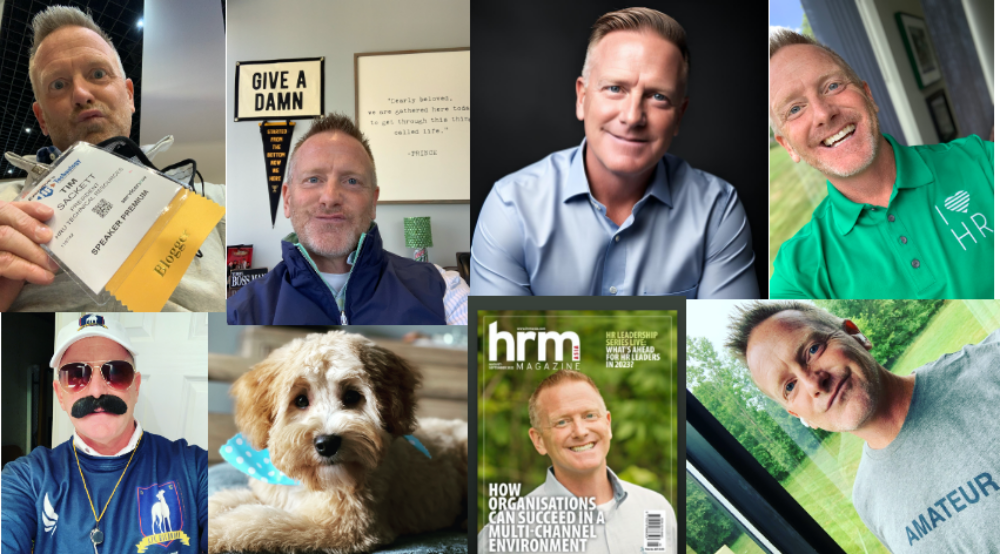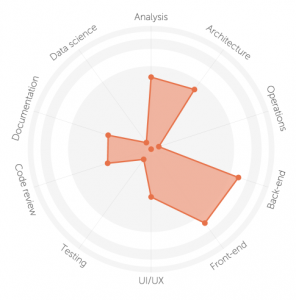My wife and I got to spend some time in the Cayman Islands this past week. It was great! I highly recommend going if you have the means.
You know what I saw a lot of in Cayman? New money!
New money is people who aren’t from money. They weren’t raised around money, so they don’t know how to act with money. They tend to stick out around people who grew up with money. I’m neither new or old money, but it was fascinating to watch how the two differ.
It started from the moment I was going through customs to get into Cayman. New money complains about having to wait in line to get through customs with the common folk. Old money didn’t wait in line, as they have been here before and knew the way around line.
My wife and I went to swim with the dolphins. We ran into new money at the facility. One of the workers was helping a family with three daughters and showing them some wildlife at the center. A few of us walked up soon after he started, and he politely asked us to wait. The girls were taking turns holding parrots and such, and getting their picture. This new money lady walked right up to the worker and said, “I want to hold the parrot and get my picture!”
The worker kindly obliged, and she quickly departed, on to push around the next person. Caymanians are used to new money.
New money buys a $150 polo shirt in the lobby store because walking across the street to a shop that has the same shirt for $75 would be an inconvenience. New money makes you feel like it’s completely normal to pay $50 for a cheeseburger and fries.
New money seems annoyed that they aren’t treated better, because they have money. New money is loud, impatient and rude. Old money waits in the back, for the crowd to clear, understanding, because they have money, they’ll get what they want eventually, and treating people kindly will get them exactly what they want.
I heard someone last week say HR is the new IT. Referring to how power is shifting out of IT and moving into HR because of how difficult it is to get great talent. Great technology is becoming easier to obtain and work with, great talent is becoming harder to obtain and work with.
This phenomenon is shifting some organizational power to HR. In organizations power equals money.
HR pros will have a choice to make. Do you want to be new money or old money? You think it’s an easy choice, but it’s not. Money and power make people do stupid things.
Leveraging your new found power for good will be one of the hardest things you’ll ever do in your HR career. Those who do it successfully are old money kind of folks. Those who use it to push around their organization in ways that satisfy only themselves are the kind of people who push over little girls to get their photo taken with a bird.

